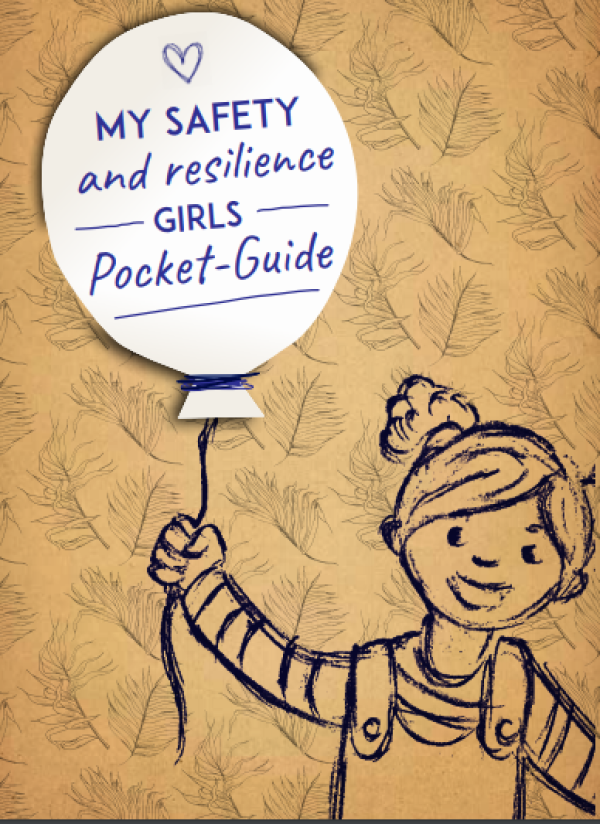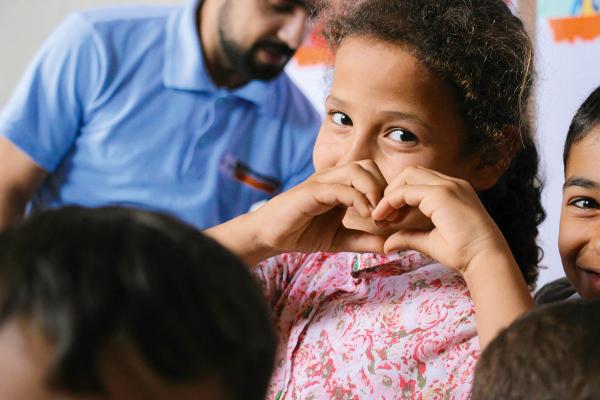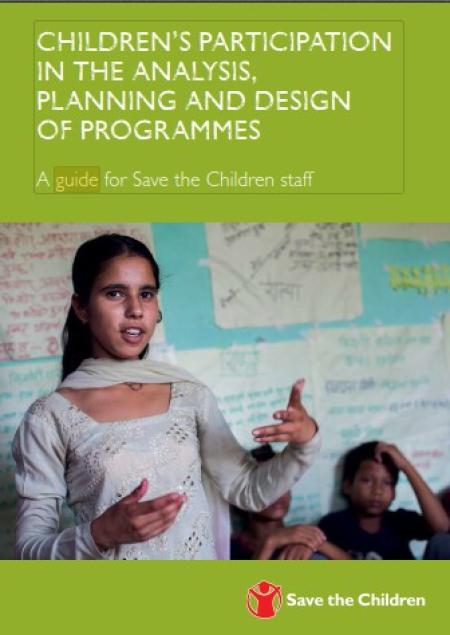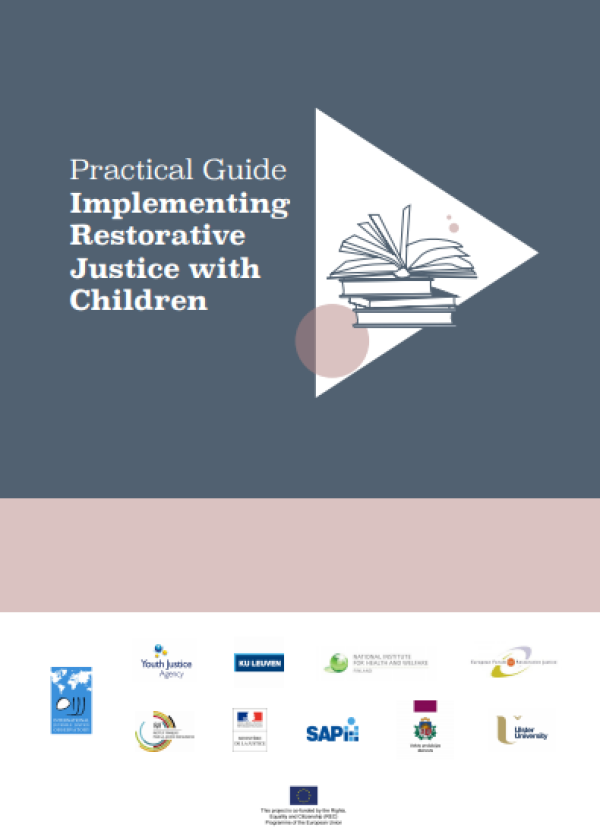The Youth Participation Guide seeks to increase the level of meaningful youth participation in reproductive health (RH) and HIV/AIDS programming at an institutional and programmatic level. The target audience includes senior and middle management, program managers, staff involved in implementing activities, and youth who may be engaged at all levels of an organization’s work. The Youth Participation Guide also hopes to foster individual and institutional commitment to involving youth in meaningful ways. While designed for working with youth RH and HIV projects, this Guide can also be adapted for use in other types of youth development programs.
Structure of the Guide
Section I. Conceptual Overview
This short essay provides an overview of the key conceptual issues regarding youth participation. It addresses why youth participation is important, both from a “human rights” perspective put forward by UNICEF and others and from an “impact on program results” perspective.
Section II. Background Handouts
This section provides in-depth information on the subtopics involved in youth participation in the form of background reading and handouts for facilitators and participants.
Section III. Institutional Assessment and Planning Tool (IAPT)
This section helps organizations evaluate the level of youth participation in their institutions and plan for greater youth participation in the future. It assumes that organizations want to explore meaningful youth participation but need guidance. This section includes a tool for conducting an assessment of institutional youth participation and a process to utilize the assessment results to develop a work plan for involving youth at the institutional level.
Section IV. Youth-Adult Partnership Training Curriculum
The training curriculum is designed to build the skills of individuals and organizations to engage and involve youth and adults more fully in youth RH and HIV/AIDS program design, development, implementation, and evaluation. The curriculum emphasizes how youth-adult partnerships strengthen youth RH and HIV/AIDS programming by facilitating a process that builds a better understanding of the different needs and styles of youth and adults in the workplace. For those groups with sufficient time, it includes a section on planning specific activities for greater youth involvement. It includes PowerPoint slides.

























